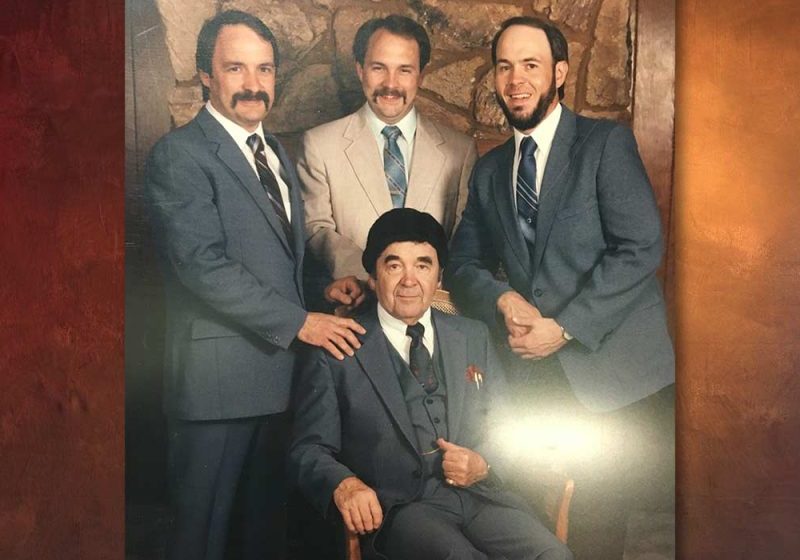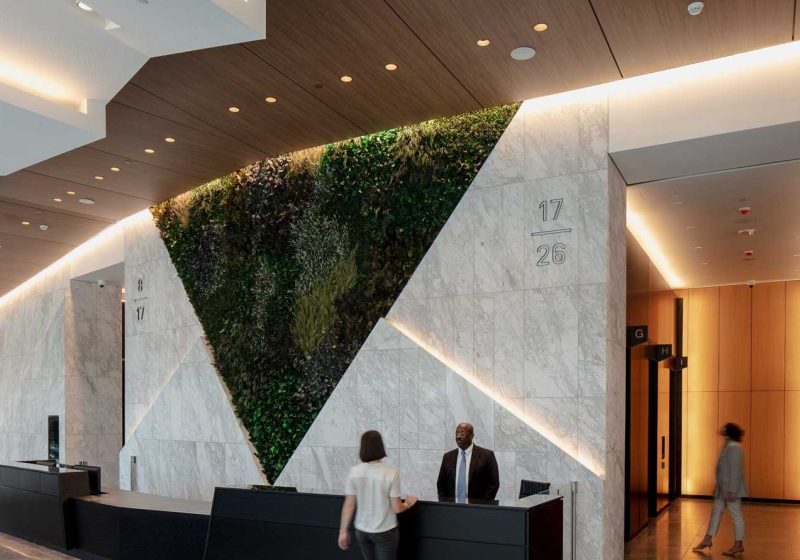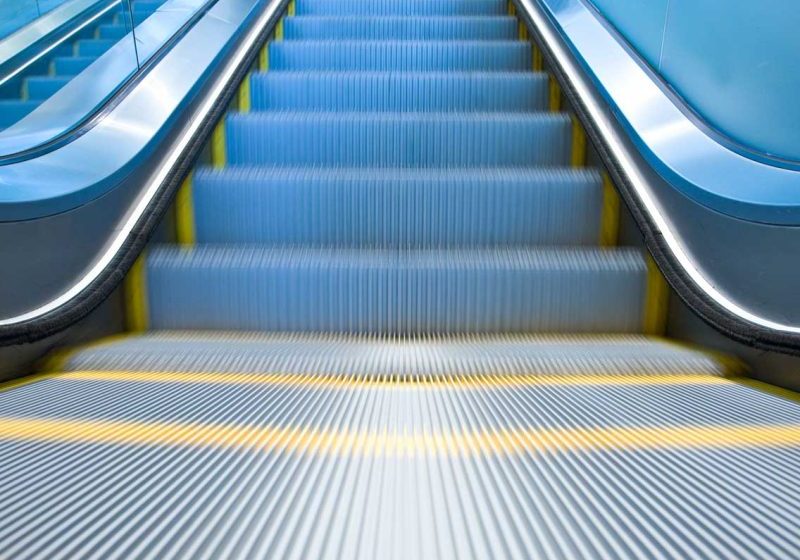California Proposed Elevator Code Changes
Apr 6, 2023

Your author states that, if adopted, there will be far-reaching consequences.
by Richard Blaska
The state of California boasts the fourth-largest economy in the world, with a population of nearly 40 million – approximately 12% of the country. Its share of conveyances reflects its size and importance. California also boasts having one of the earliest elevator codes, Elevator Safety Orders, first published on October 1, 1916, and issued by the Industrial Accident Commission of the State of California (“California’s Elevator Safety Orders, 1915-1918,” ELEVATOR WORLD, March 2022). California maintained its own elevator code until 1998, when it adopted, by reference, ASME A17.1-1996 (with exceptions).
The AHJ for California conveyances is the Cal/OSHA (Department of Occupational Safety and Health [DOSH]) Elevator Unit.[1] The elevator code is commonly referred to as California Code of Regulations Title 8, Elevator Safety Orders.[2] The current orders reference ASME A17.1-2004, with a number of exceptions. The Elevator Unit has been trying to update the state’s elevator code since 2014, first to the ASME A17.1-2013/CSA B44-13 and now to the 2019 version. Both the earlier and current attempt include extensive exceptions and overrides to the A17.1-2019/CSA B44:19 language. The Elevator Unit’s notice and full text of the proposed Group V draft language are available online at under the heading “Proposed Group V Elevator Safety Orders.”
I encourage you to download and read Group V, especially if you have business in California.
I bring this to your attention because the proposed Group V, if adopted in its current form, will have very serious and consequential effects on the elevator industry. The changes from the A17.1/B44 language are extensive, affecting machine-room-less systems (MRLs) (very restricted), overhead clearances (adding 12 in.), horizontal clearances (adding), pit ladders (prohibiting retractable) and many more. I encourage you to download and read Group V, especially if you have business in California. The requested time for comment, according to the Elevator Group’s announcement, has passed (November 1, 2022). However, the stated “formal rulemaking” process is only just beginning. There will be public hearings, as required by California law, during which interested parties can speak and express concerns.
In speaking recently with Dan Barker, principal safety engineer, DOSH Elevator Unit, he’s advised me that the text of the proposed Group V is being updated in response to the many hundreds of comments provided, including a sizable body of comments from me. As far as the timeline for the process going forward, quoting from Mr. Barker’s online notice, “We plan to submit the 2022 draft to the Occupational Safety and Health Standards Board in early November [2022] and, therefore, begin formal rulemaking early next year [2023]. All stakeholders will have ample opportunity to provide comment and participate in the formal rulemaking process.”
The Elevator Unit has been trying to update the state’s elevator code since 2014, first to the ASME A17.1-2013/CSA B44-13 and now to the 2019 version.
I recommend interested parties go to the DOSH website and read the documents. From my understanding and from what Mr. Barker states in the notice, it is not too late to participate in this process, have your concerns heard and possibly have an effect on the outcome.
Get more of Elevator World. Sign up for our free e-newsletter.









